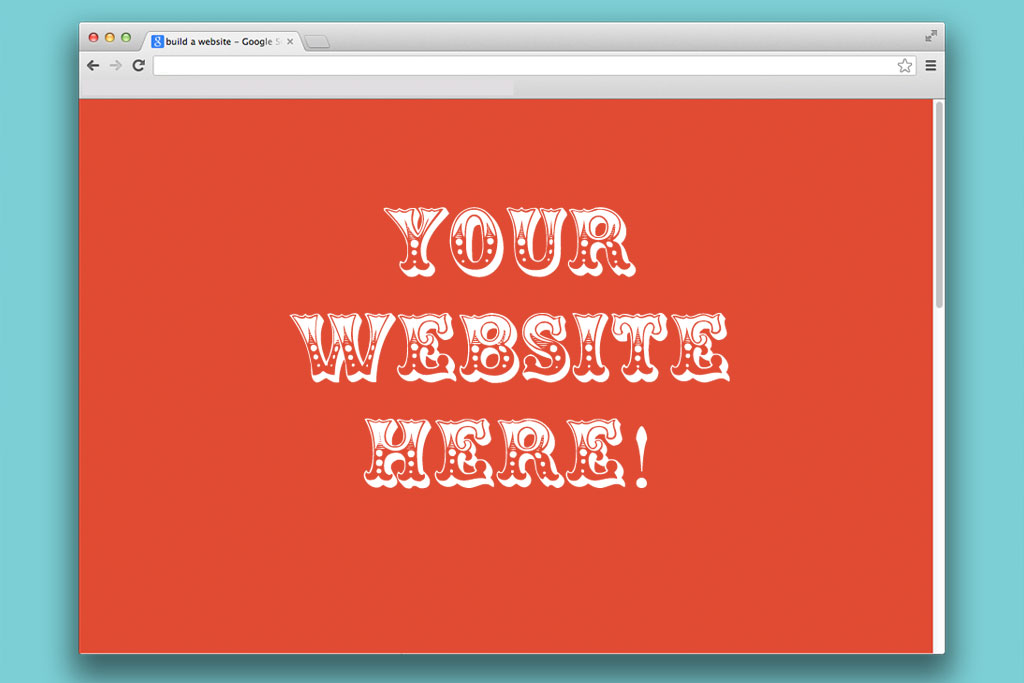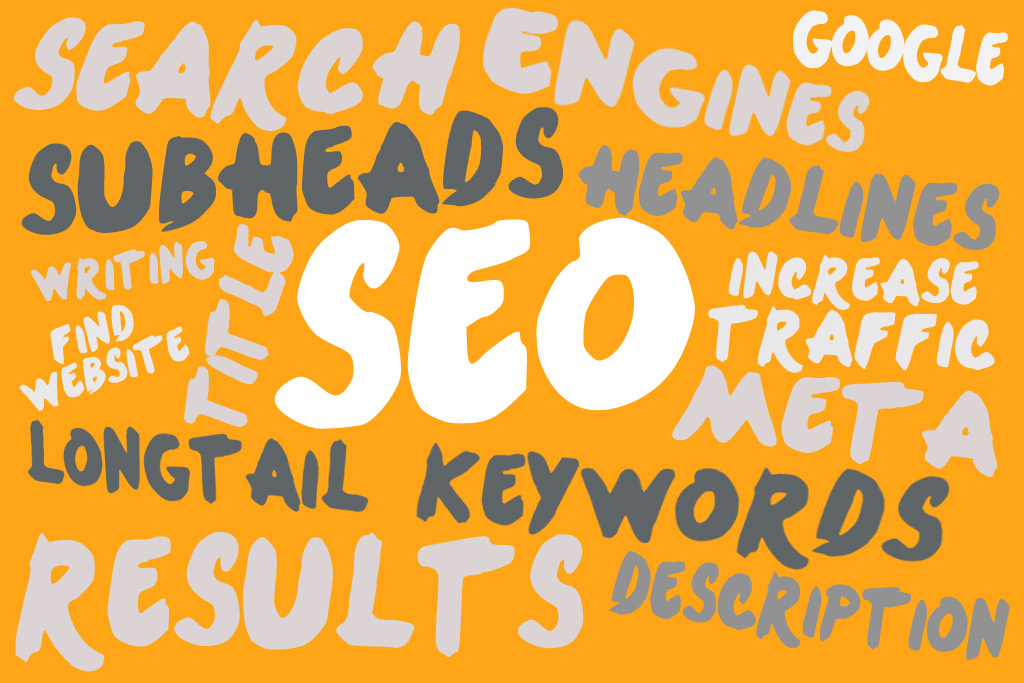Nine tips to help you get the website you want
One of the most important considerations when you start a business today is whether or not you need a website, and if you do, where do you start?
Freelance copywriter and creative consultant Max Vinall shares his nine key tips to help you get the website you want.
If you’re starting out as a freelancer or setting up a new business then you’re probably thinking about the website side of things, too. This can be a minefield of design choices, technical options, new terminology, and well-meaning friends who have ‘a mate who can sort one out for you’.
Ignore them all. We’re going to simply look at what you can do to make your website look and work the way you want it to. And, of course, help make your business the success it deserves to be – with nine key tips.
1) What do you want your website to do?
Begin by defining the three key things you want your new website to achieve. Ask yourself:
- What is the website for (buying, selling, hiring etc)?
- Who is it appealing to (who are your customers)?
- What’s your USP (unique selling point)?
Now you know what your website has to achieve.
2) What do you want it to look like?
Do some research and find some sites that you like the look of. They can be in another industry, area of expertise, even language. It doesn’t matter. Just find your style (or one you can develop).
Now you know what it’s going to look like.
3) Design your site map
Alright, now we’re getting a little technical but this is really important (and it’s good to get to know the odd phrase). A site map looks a bit like a family tree and shows your designer/developer what you want to have on your site and where it’s actually going to appear.
Get a basic one drawn up and then add to it until you’re happy you’re covering everything. (See what site maps look like here.)
4) Create your wirefames
A wireframe shows what each page of your website will have on it. They have fields where the headlines will go, where the pictures will sit, and where all the text will live.
One design can work across your whole site, so don’t worry too much about doing lots of different ones. (See what wireframes look like here.)
5) Find a reliable designer
Everyone seems to know someone who ‘does sites’, but usually these people aren’t usually the best option. When you do find an experienced designer, you need to see their work, meet them if possible and talk to them about what you need.
You must feel they understand you, respect what you want, and offer advice when needed. Don’t be forced into going with their designs if you know what you want. And only work with professionals, not people who do this as a hobby.
6) Get a copywriter
If you want to create the most professional image, don’t write your site yourself. Get someone who writes websites for a living and then give them everything you want to say and explain your idea, your brand and your target market.
A good copywriter will transform what you want to say and give your site gravitas, a character and a voice. They will write content free of grammatical errors and make every viewer feel engaged. And they will use all the words and terms people will be typing into Google to find you (this is called SEO – Search Engine Optimisation).
7) Use a good developer
These are the guys who will make sure your site lives in the digital world the way you want it to. They will make it work across all platforms – that means on iPads, PCs, smartphones etc – and that it won’t go wrong or crash every 30 seconds.
These guys are invaluable so again, go with someone who knows what they’re talking about and have a great CV of work.
And don’t let anyone blind you with science. There’s nothing clever about being made to feel confused.
8) Social media
It’s really easy to get your business on key social media websites like Twitter, Facebook, LinkedIn, Google+ and Pinterest. You can do this yourself, chat to your developer/designer/copywriter or simply Google away on how to do it.
So get on Facebook and you can get people to ‘Like’ your site and your business. You can then build a customer/fan base, talk to them when you want and update your page with all your latest news and special offers.
Start with your friends and build it from there (and it costs you nothing to do, remember). Whatever you do, make sure you don’t make these 10 common mistakes.
9) Analyse
Lastly, use Google analytics to check who has seen your site and when. This is invaluable information as you can see what works and what doesn’t when it comes to sales, special offers, new launches etc. Again, this is free to access.
And that’s basically it. I have simplified every step but this will give you an overall idea of what you need to do and the direction you need your site go in. Don’t be put off by any of these stages as there is loads of help out there (and you can always get in touch with someone like me if you are really stuck).
Get it right and you’ll have a website everyone can access on any platform. You’ll have customers who can easily find your service, who love being on your site, and who can talk to you when they want to. They’ll come back for more, buy more, and tell their friends about you.
It will be reliable, look fantastic, and have scope for future growth – so there’ll be nothing to hold you and your business back.










